|
This week, students took part in the second round of our health-day event. Students went to different 2nd grade classes to learn about dental health, physical health, germs & cleanliness, healthy eating, stress, and physical exercise. Students got to explore the benefits of living a healthy life and got to describe the barriers preventing healthy living. Here is a summary of what happened in our classroom: In Langauge Arts...
In Writing...
In Math...
Announcements:
1 Comment
Connecting our pervious unit about citizenship with our heroes unit, we talked about how being a good citizen can also mean being a hero. We also discussed what an "everyday hero" is and how doing something small can be big. Sometimes the most insignificant thing - saying hi to someone, asking someone with no friends to play, helping a friend carry something, picking up trash that's not yours, picking up a pencil that's on the floor instead of stepping over it so someone doesn't slip, can make some of the biggest differences. Students talked about all these little things that seems so small, but leave lasting impressions and make us "everyday heroes!" Here is a summary of what happened in our classroom: In Langauge Arts...
In Writing...
In Math...
Announcements:
With a heavy heart we bid farewell to Ms. Bianca Gonzales, our Chaminade O & P student (student teacher) who was with us every Monday, Wednesday and Friday since the beginning of March. We will miss her very much and wish her all the best as she continues the next chapter in her journey to becoming a teacher!
Here is a summary of what happened in our classroom:
In Langauge Arts...
In Writing...
In Math...
In Social Studies...
As a erosion culminating activity, students are creating and publishing their very own ebooks. Students are working in teams to answer the following questions: What is erosion? What are the types of natural forces that cause erosion? What are the processes of erosion (fast and slow)? How is erosion effecting Hawaii's beaches and local people? and what are possible solutions to solve the erosion problem? One member from each team answers a different question. Each of the 2nd grade teachers took on one focus question and students from various classes assigned to particular questions, went to the respective teacher. In this way, students got to work with new 2nd graders and had a different teacher for the duration of this activity! Teams will come back together with the new information to complete their ebook using Book Creator. Using this jigsaw strategy, students learn that they have to rely on their peers, engage and interact in order to be successful. Students see that in this situation, working together is important and necessary.
Here is a summary of what happened in our classroom: In Langauge Arts...
In Math...
In Social Studies...
With school-wide presentations and classroom activities about drop off and pick up safety, bike safety, car and seatbelt safety, pedestrian safety, and stranger danger safety, students were immersed in real-world problems while promoting safety and learning how to prevent unintentional injury. To earn various safety prizes provided by the school, students had to describe barriers and situations that are safe, risky, or harmful to self and others. Here is a summary of what happened in our classroom: In Langauge Arts...
In Math...
In Science...
Ice Wind Earthquake Water REMINDERS AND ANNOUCEMENTS
On Thursday students got to be little business people, while learning economic principals with our Junior Achievement of Hawaii Leader. These volunteers graciously share their workforce experience with students. Students learned the basic ideas of economics by becoming "bakers", "making donuts" (paper donuts) and running their own donut shop. It was exciting and a very valuable learning experience. Here is a summary of what happened in our classroom: In Langauge Arts...
In Math...
In Science...
REMINDERS AND ANNOUCEMENTS
Students had two short but busy first weeks of fourth quarter. Students spent this week reflecting on their progress made in 3rd quarter in writing and math problem solving. There was no time for reflecting in reading. Critical reflecting is the highest level of reflection and an important part of the learning process. If you and your child have time, I highly recommend you sit down together and complete the reading reflection together. It is located in the reading section of the progress portfolio. There is a yellow checklist that can help your child determine reading strengths and set goals. Here is a summary of what happened in our classroom: In Langauge Arts...
In Math...
REMINDERS AND ANNOUCEMENTS
This Friday the children got to see a spectacular performance, Jungle book, staring students of Ho`okele and our very own...Macy Nett performing as a gorgeous flower! She did an amazing job, as well as all the other children. It was an exciting story that captivated our attention with song, dance, and costume! Tickets are still available for tonights' shows. It's a must see! Here is a summary of what happened in our classroom: In Langauge Arts...
In math...
In celebration of Dr. Seuss' birthday, students enjoyed fun-filled events all week long. One of the highlights included our very special guest readers Mrs. Gigi (Estee's Grandma) and Mrs. Yakshi (Sunakshi's Mom). Mrs. Gigi read the children a book about the Wright brothers, Orville and Wilbur, and their contributions as American engineers, inventors, and aviation pioneers. Students learned how to folder paper airplanes, which they later took to flight! We were then treated to a fun Clifford Puppy Days story about graduation. Mrs. Yakshi spoke to the children about how graduations are a thing to celebrate, whether you're graduating from college, high school, or even 2nd grade! Mrs. Yakshi then had the children make their very own puppy bookmark.
Here is a summary of what happened in our classroom: In Langauge Arts...
In math...
Very proud children got to show off their amazing work at the Student Showcase. D103 students really helped to transform the cafeteria into a rainforest of colors and creatures with their work. Our second graders had the opportunity to meet their fourth grade buddy class and view the showcase together. The fourth graders helped the second graders write happy grams for their friends. Here is a summary of what happened in our classroom: In Langauge Arts...
In math...
|
Proudly powered by Weebly
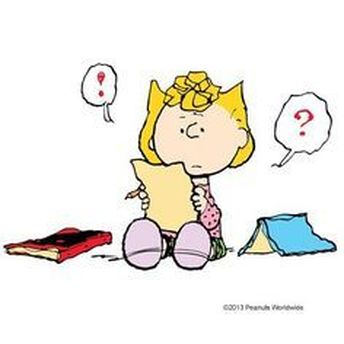
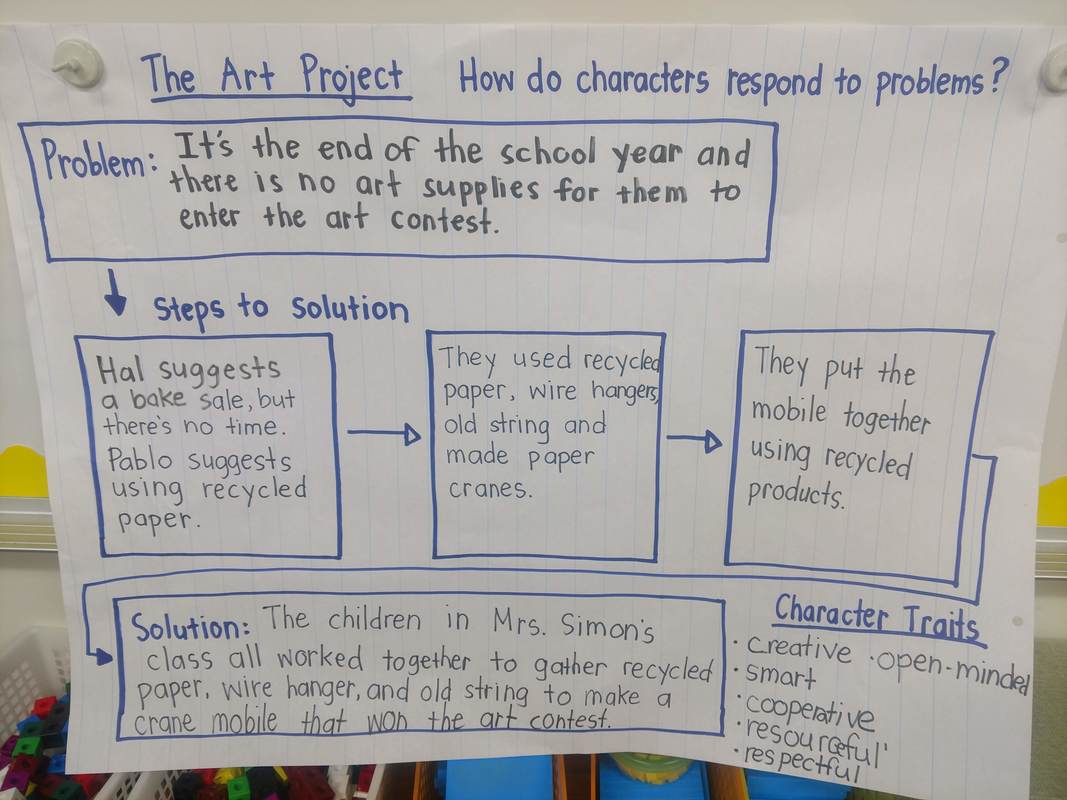
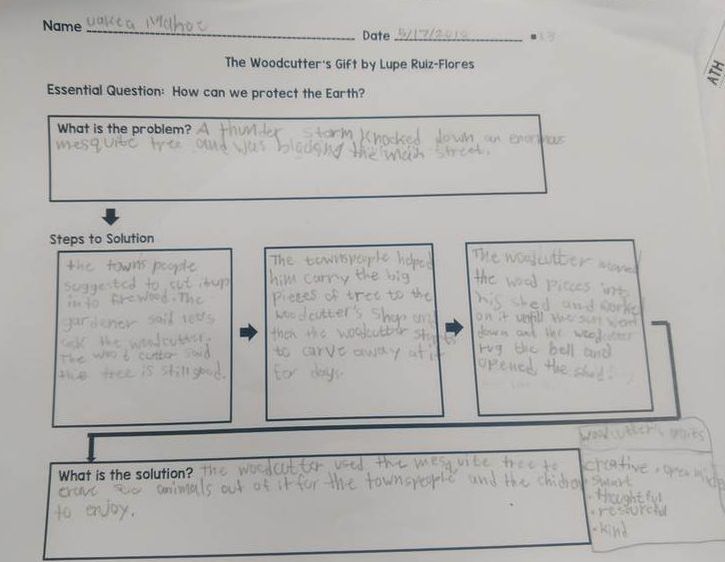
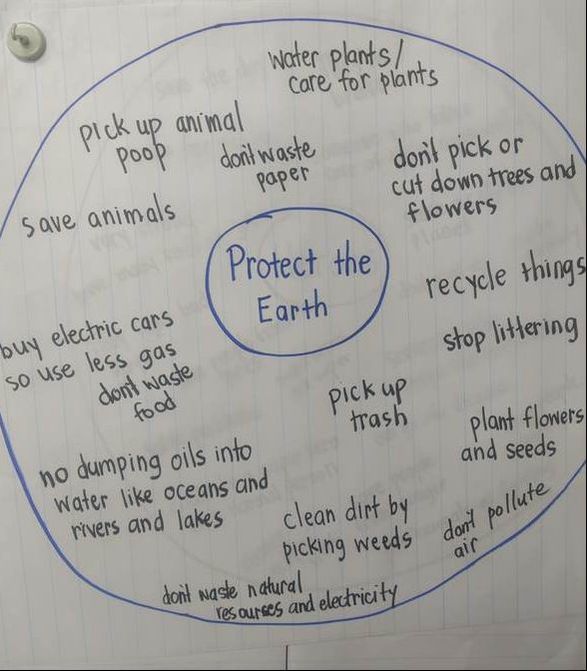
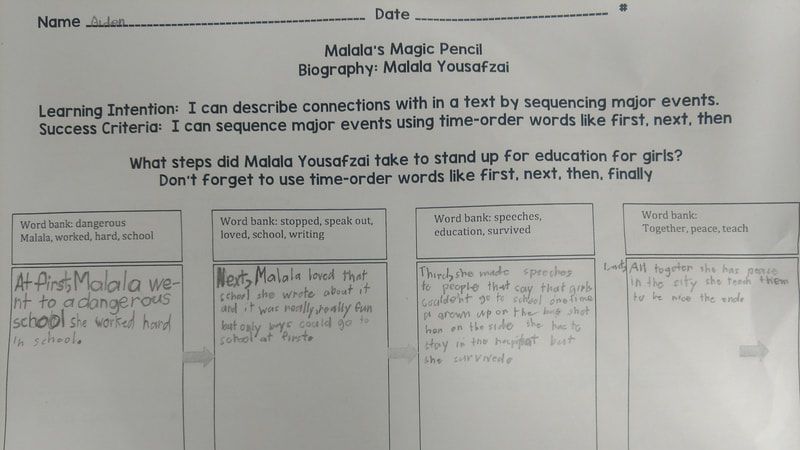
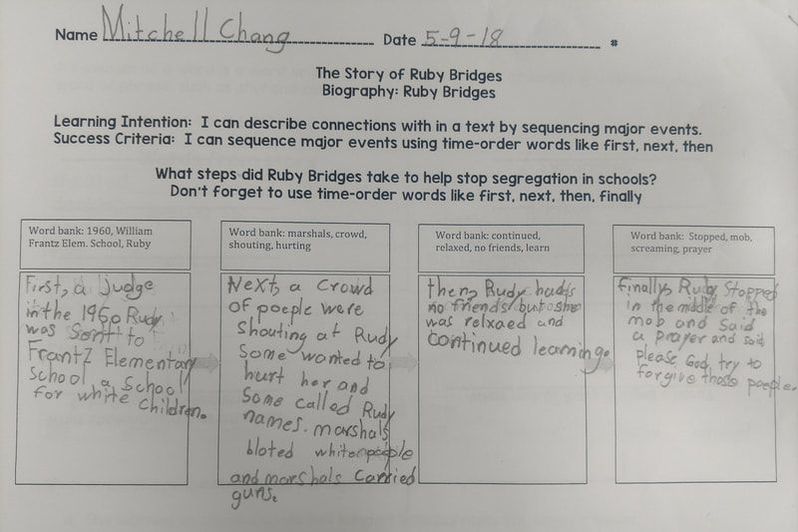
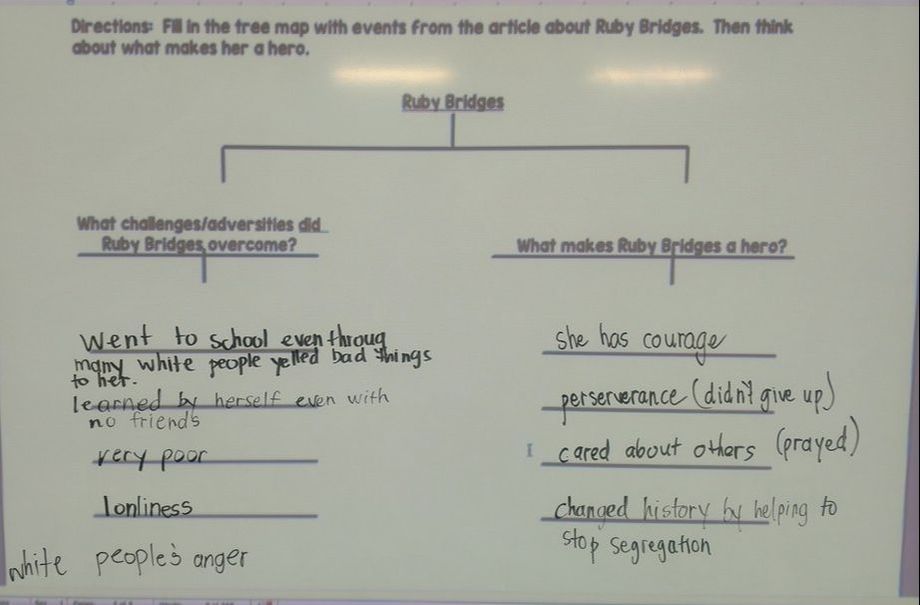
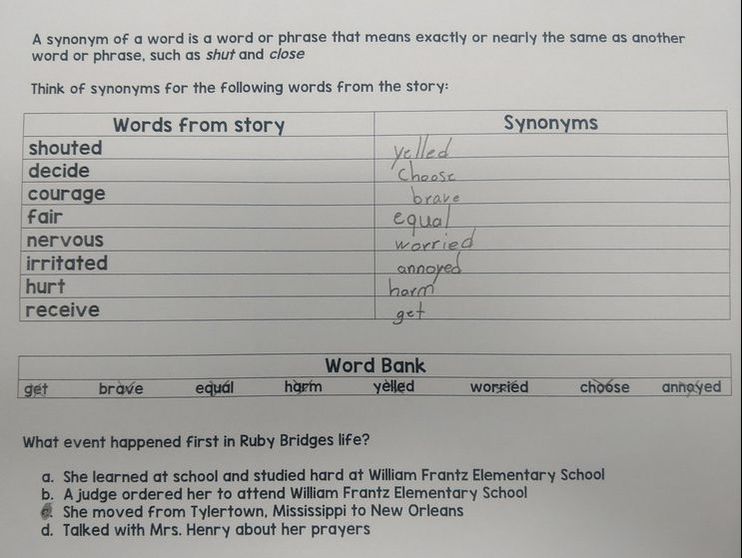
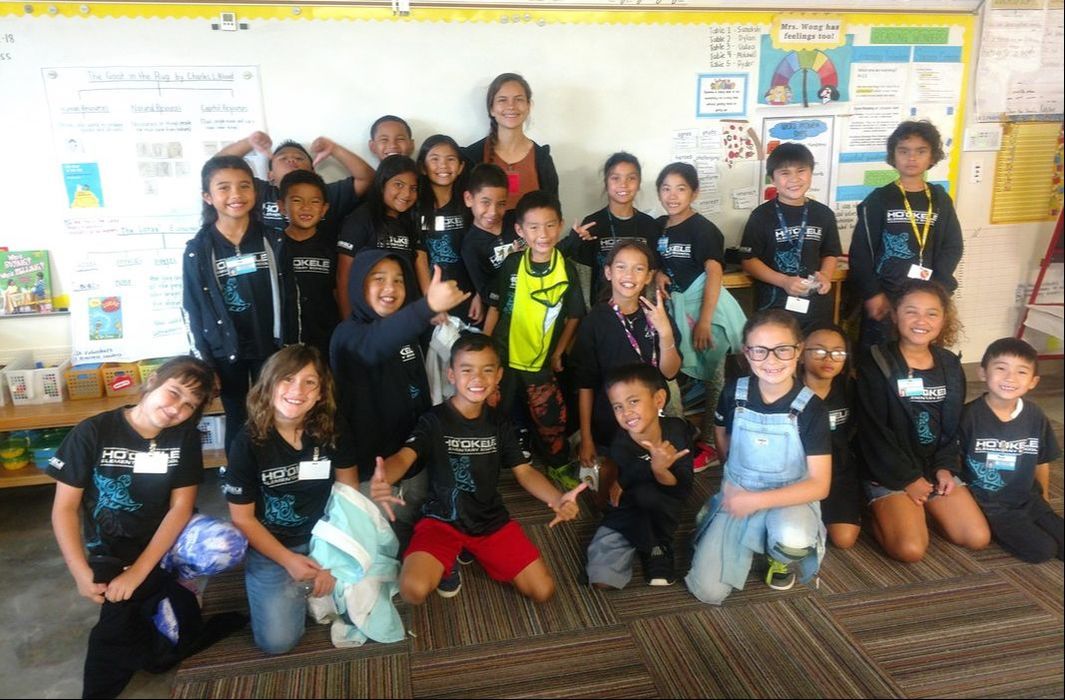
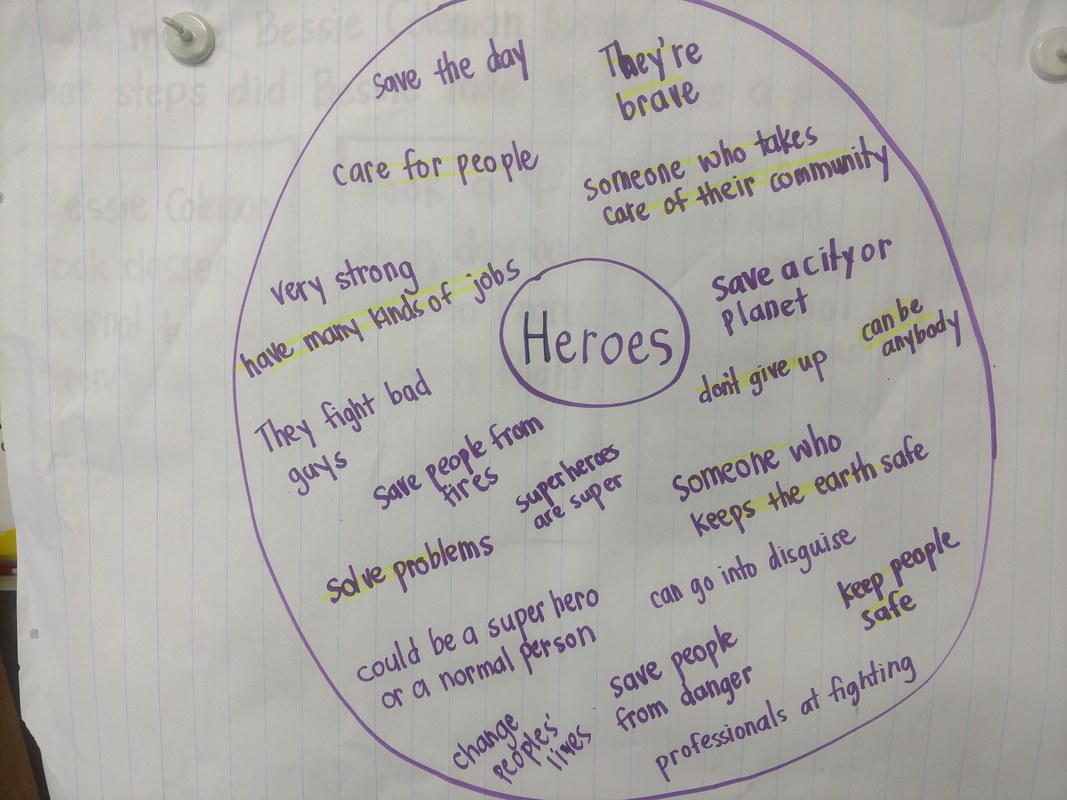
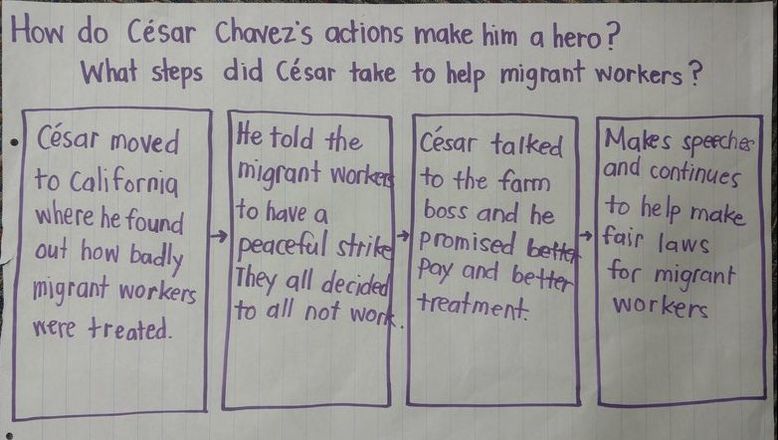
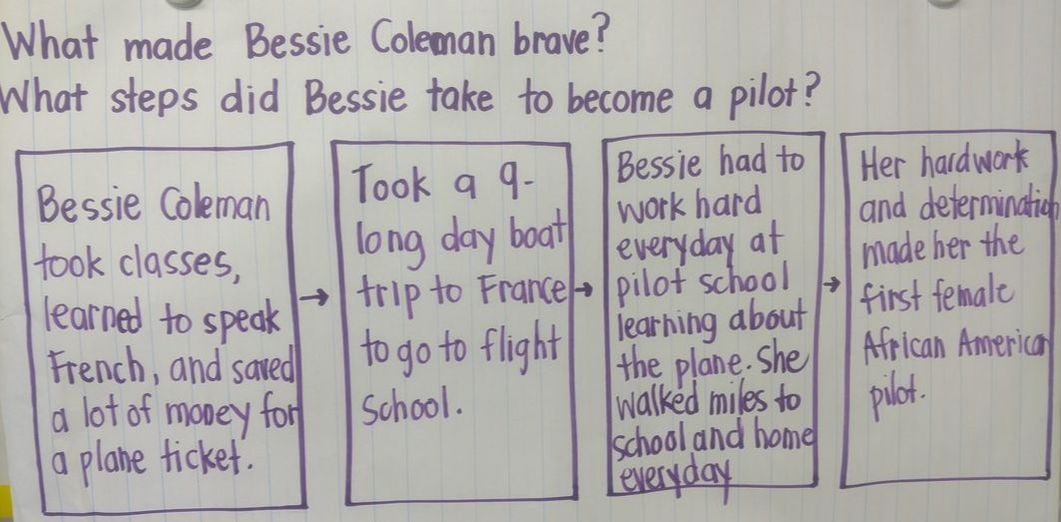
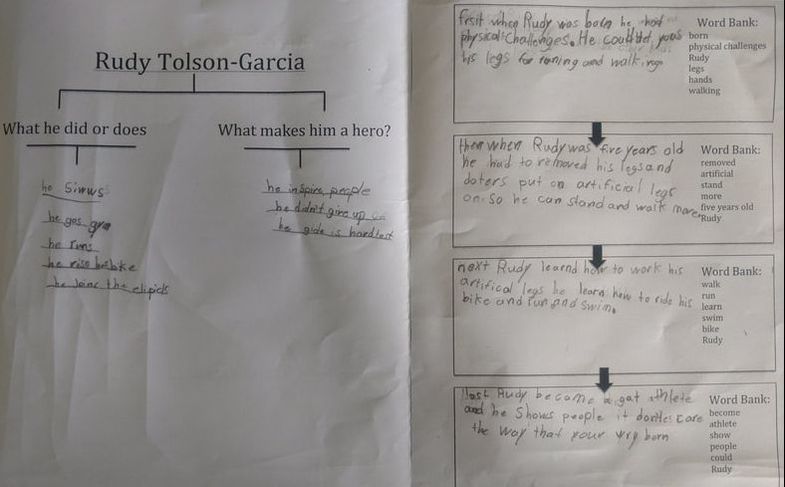
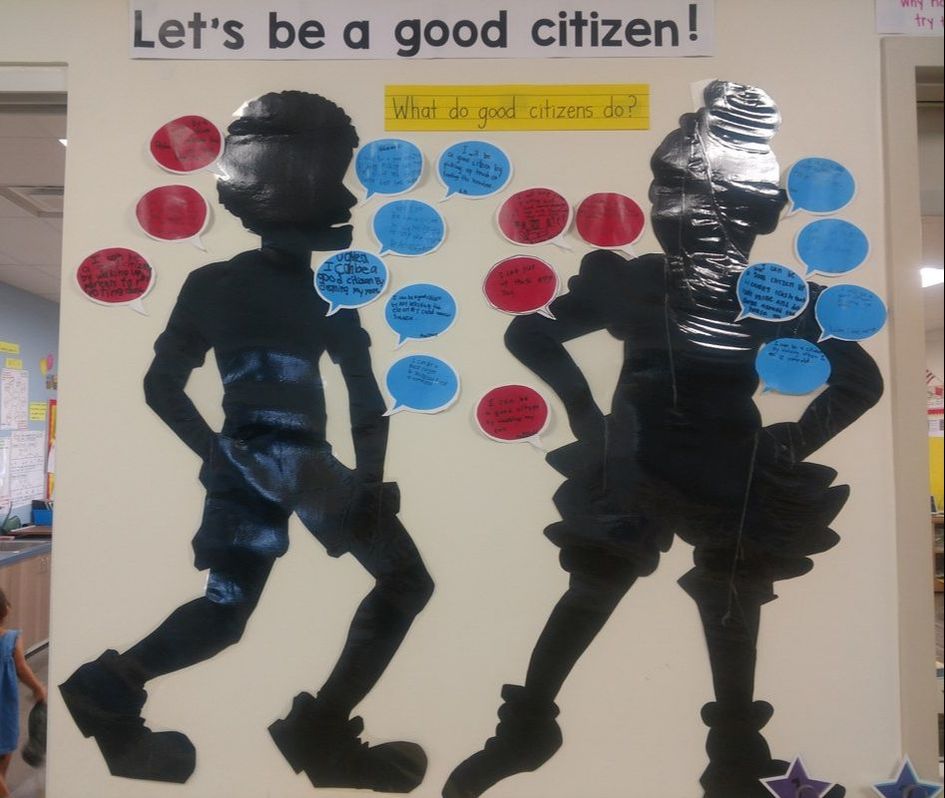
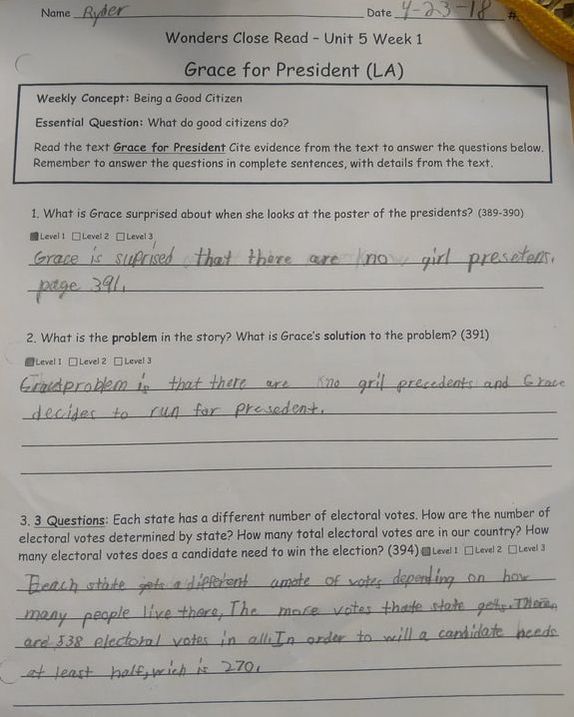
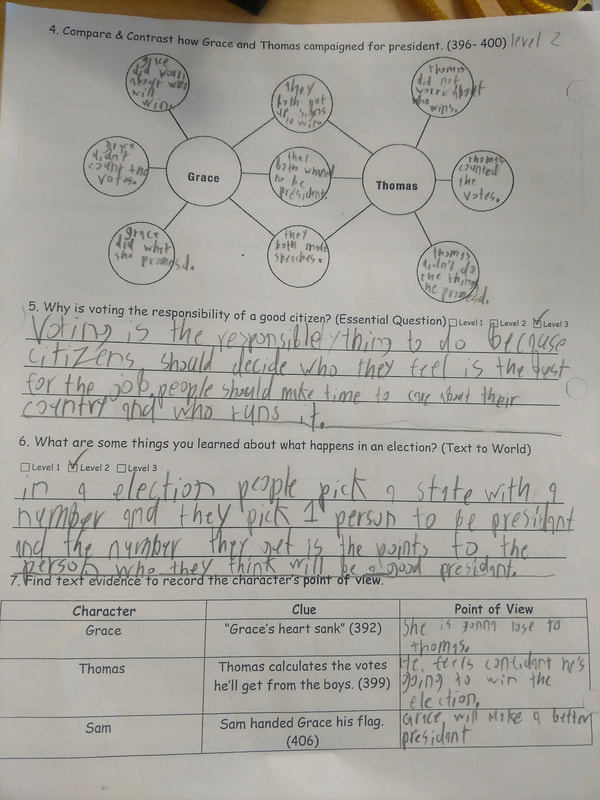
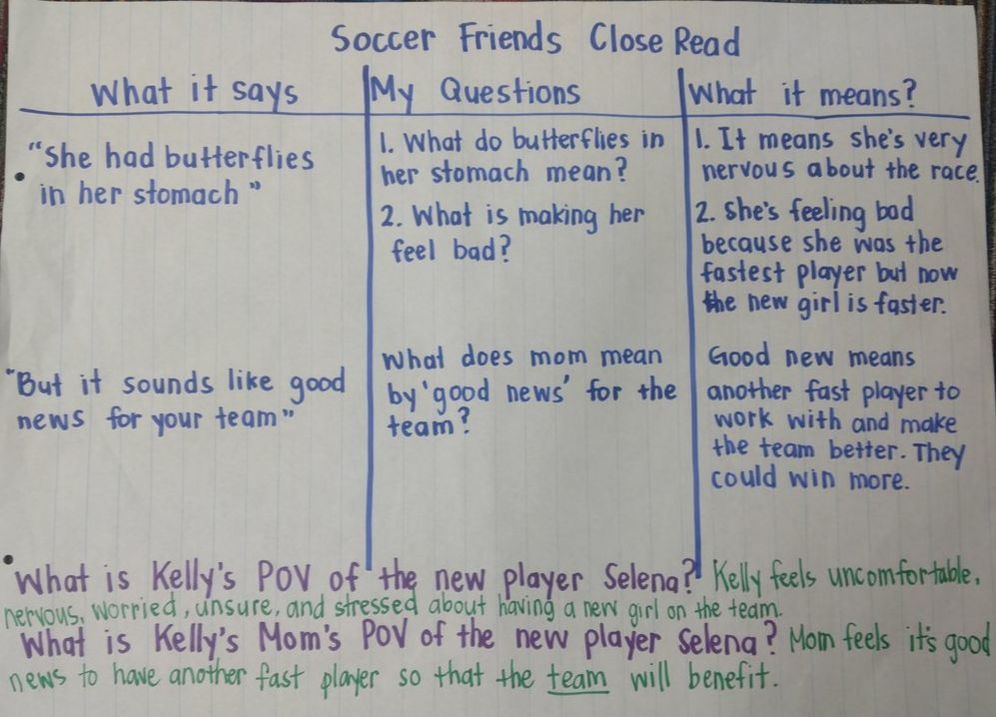
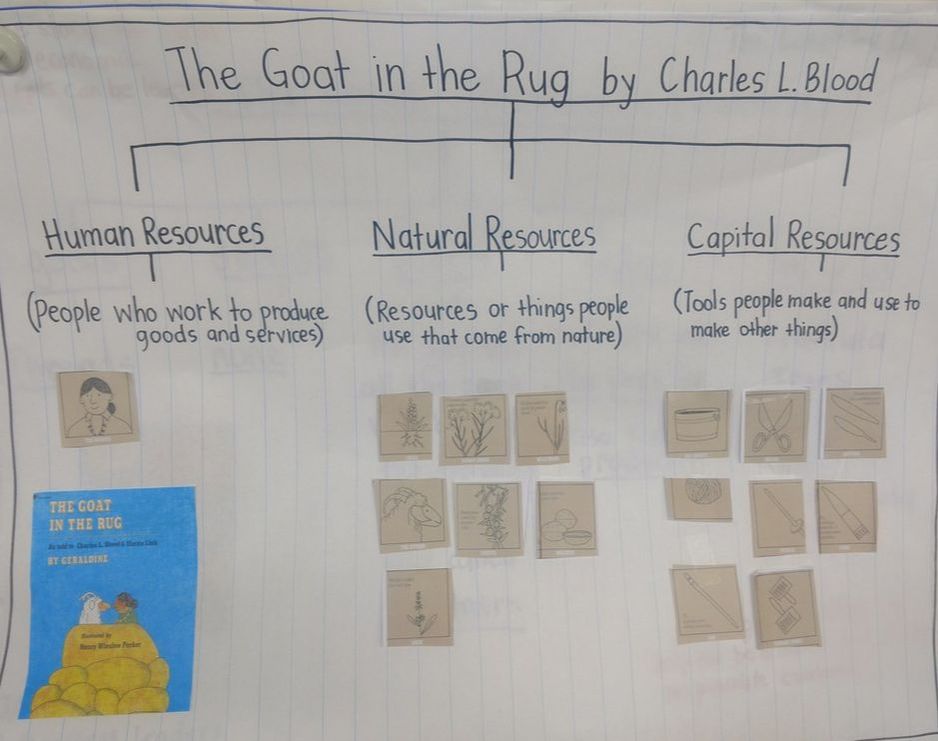
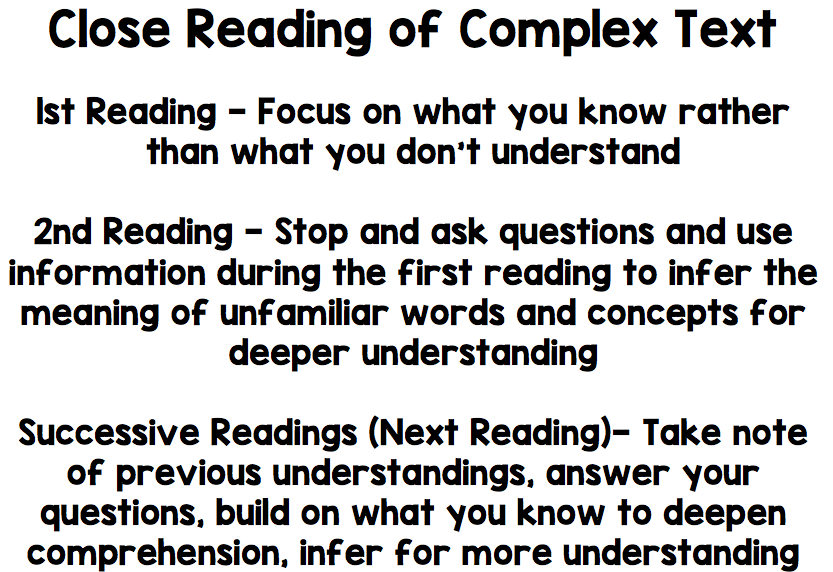
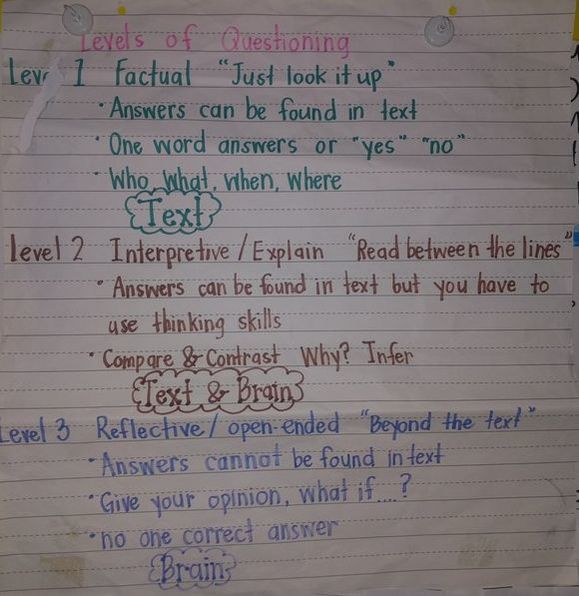
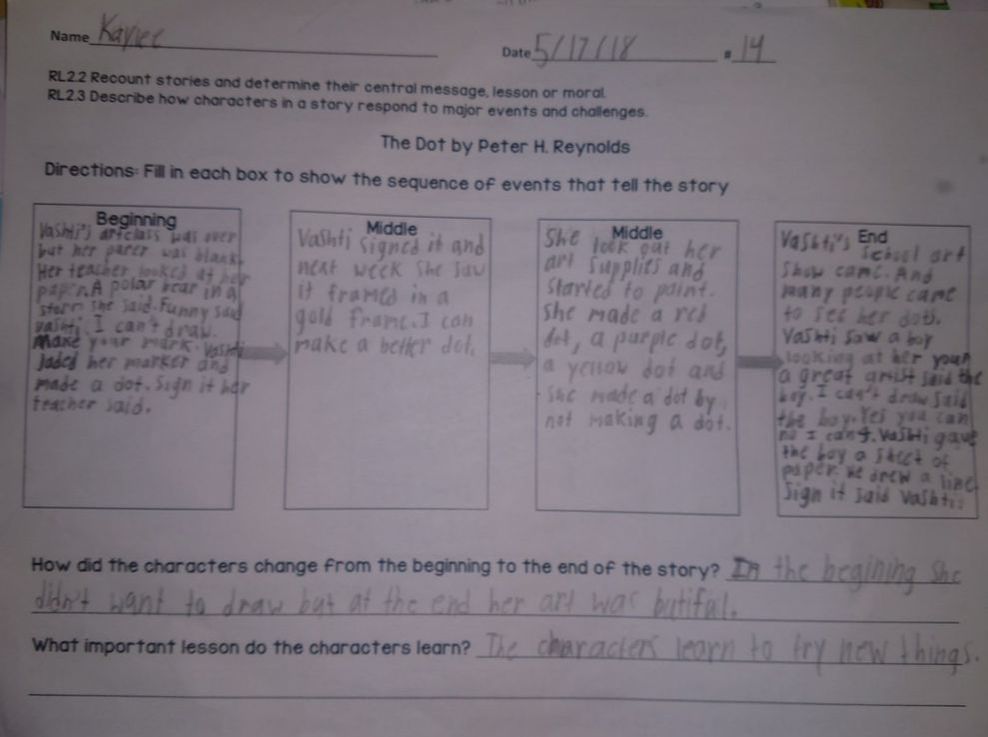
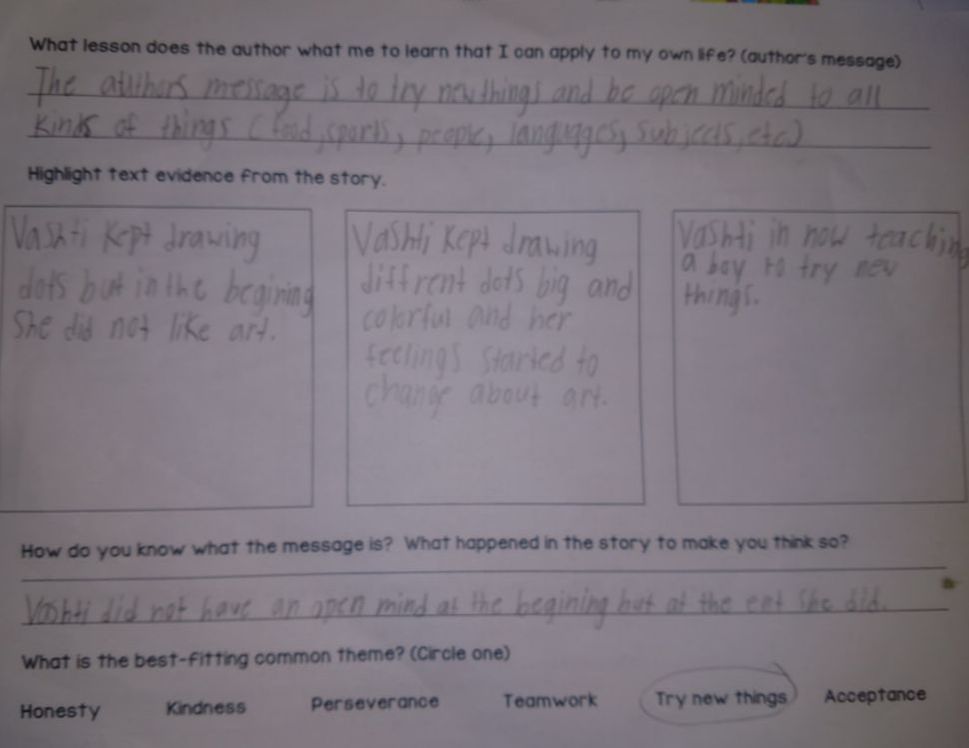


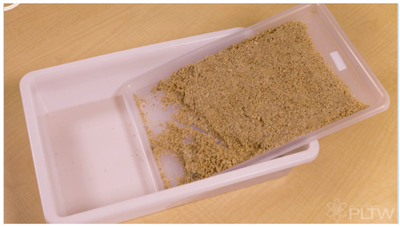
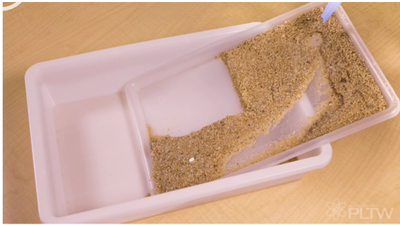
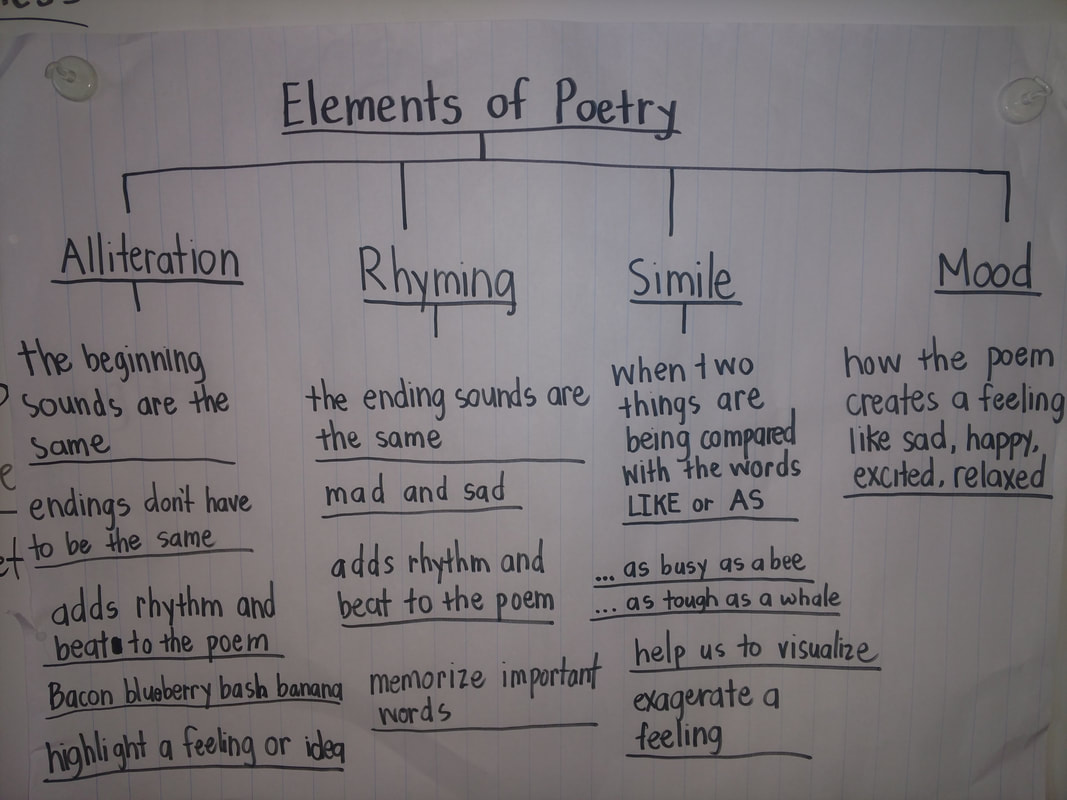
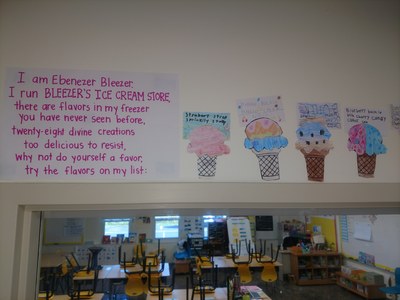
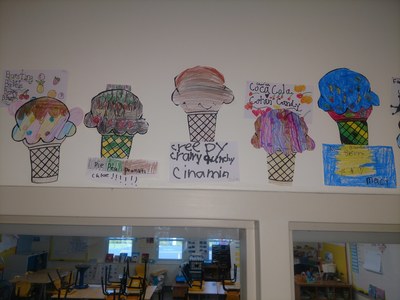
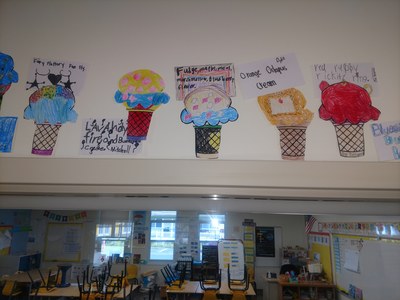
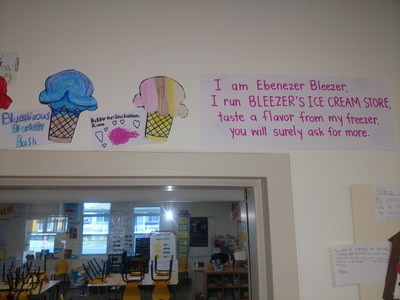
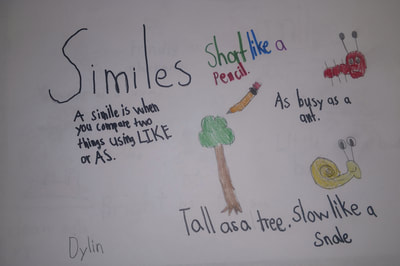
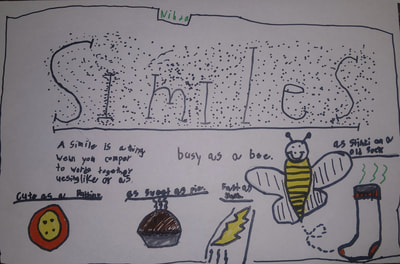
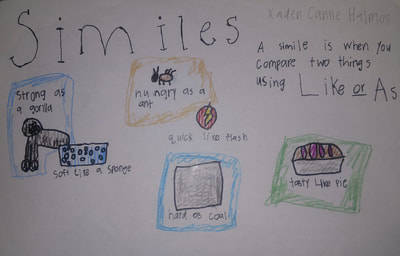
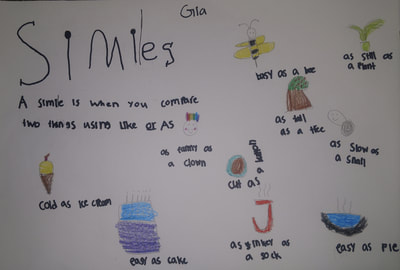
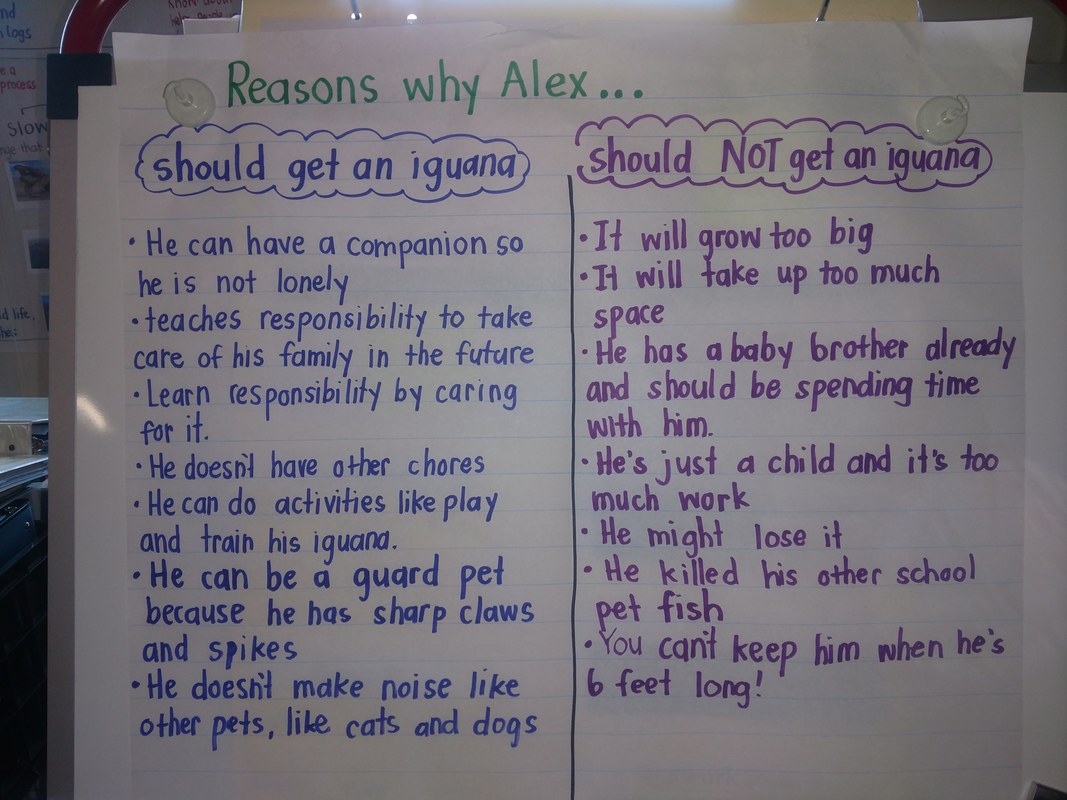
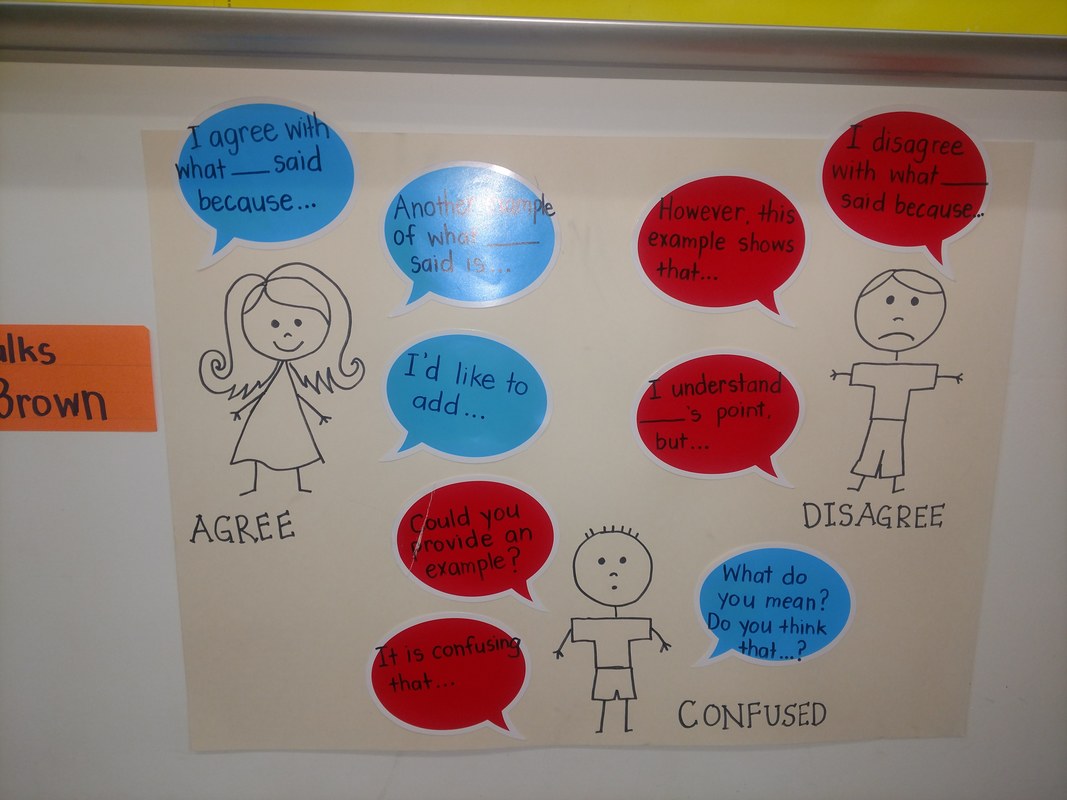
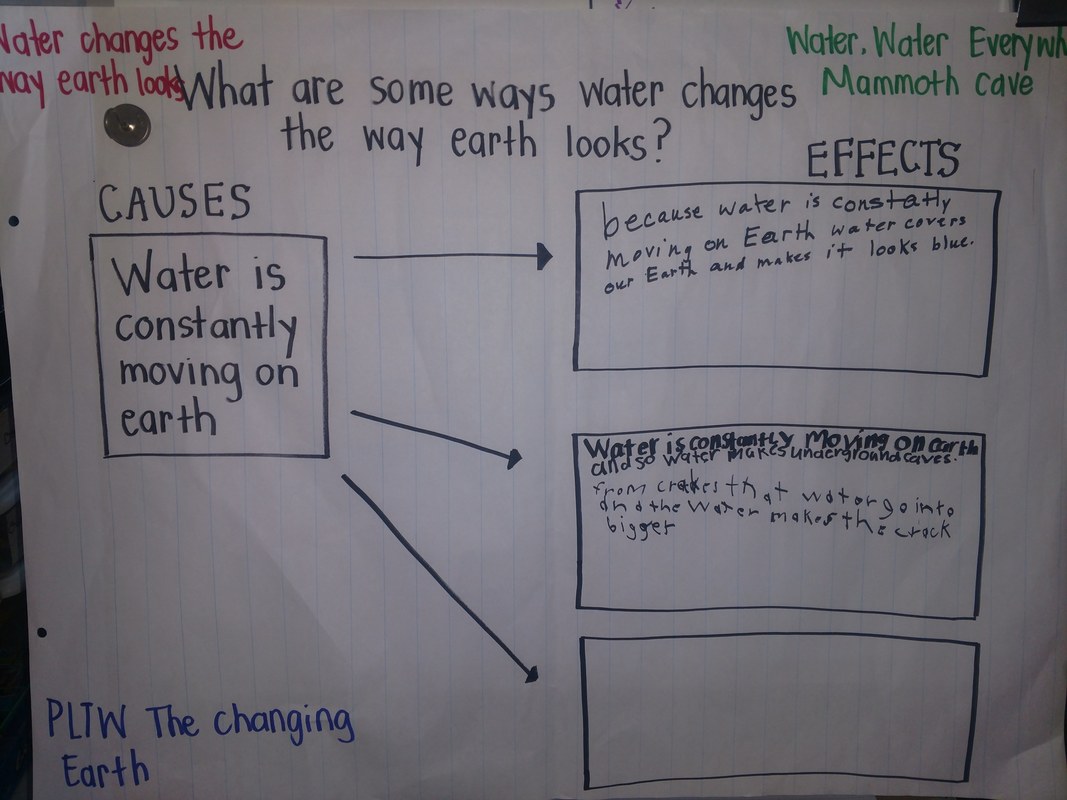
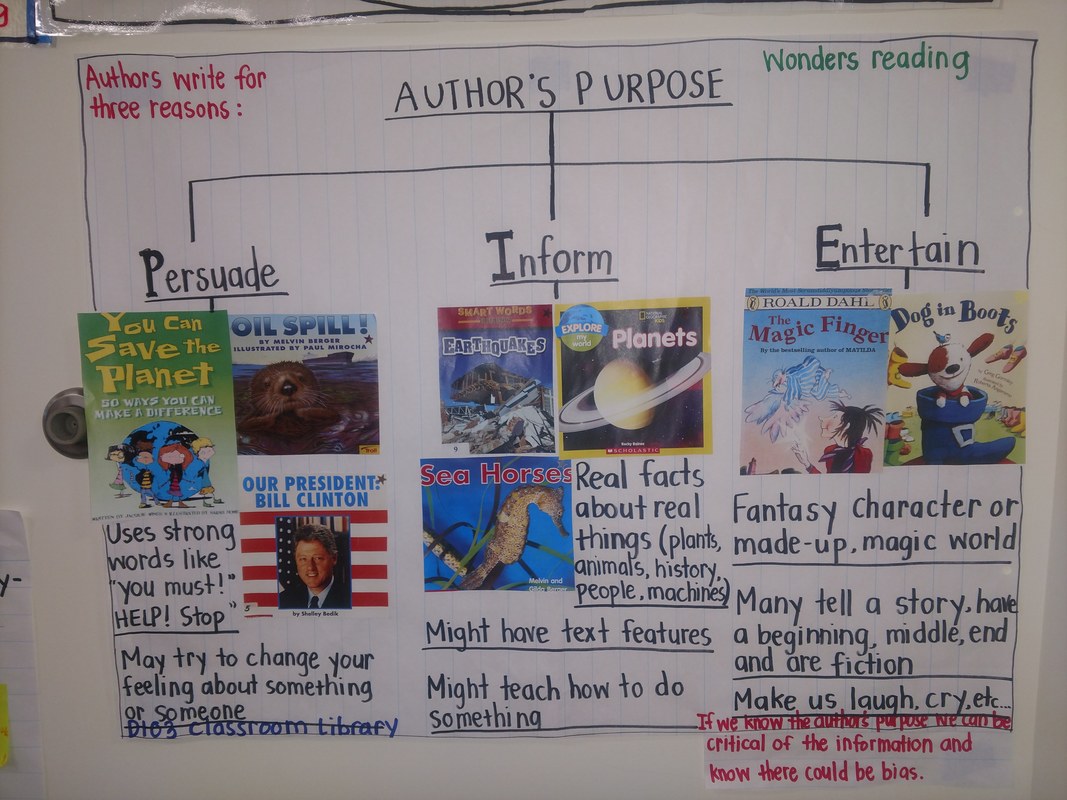
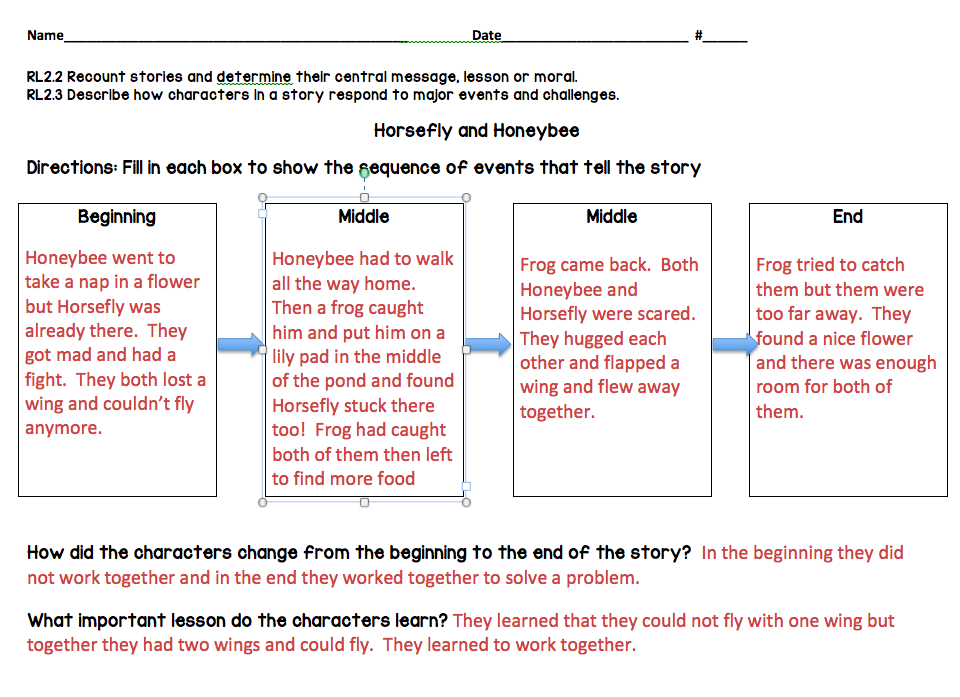
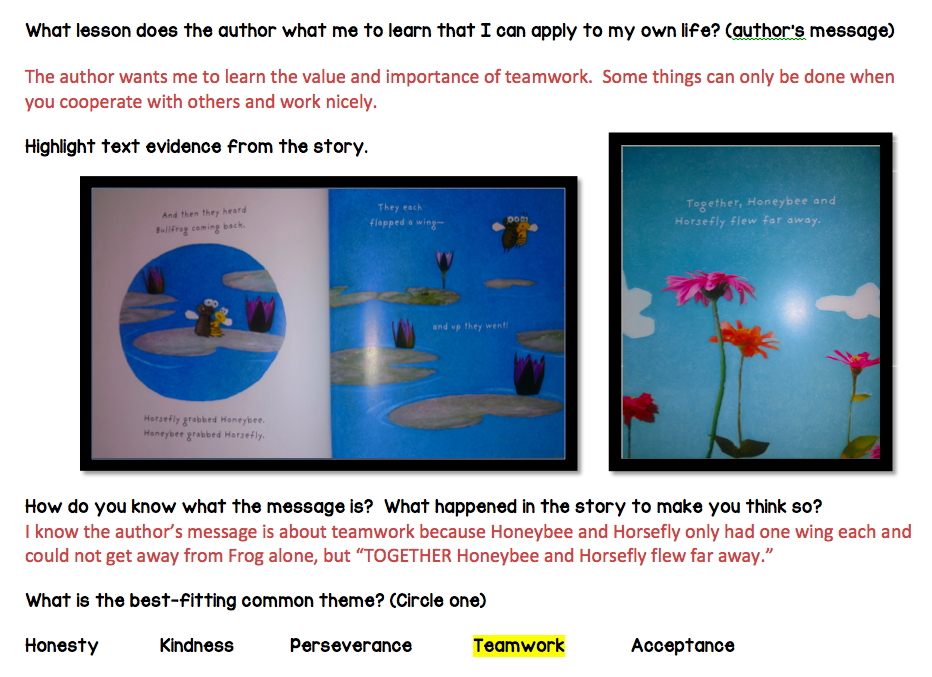
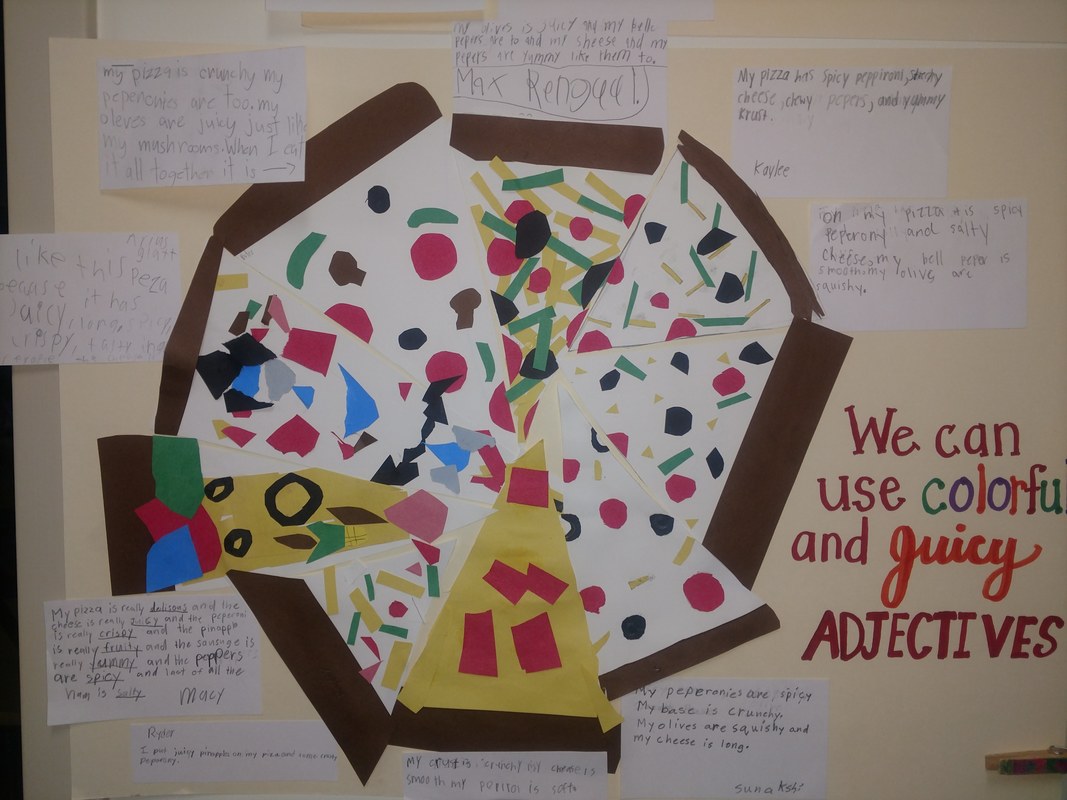
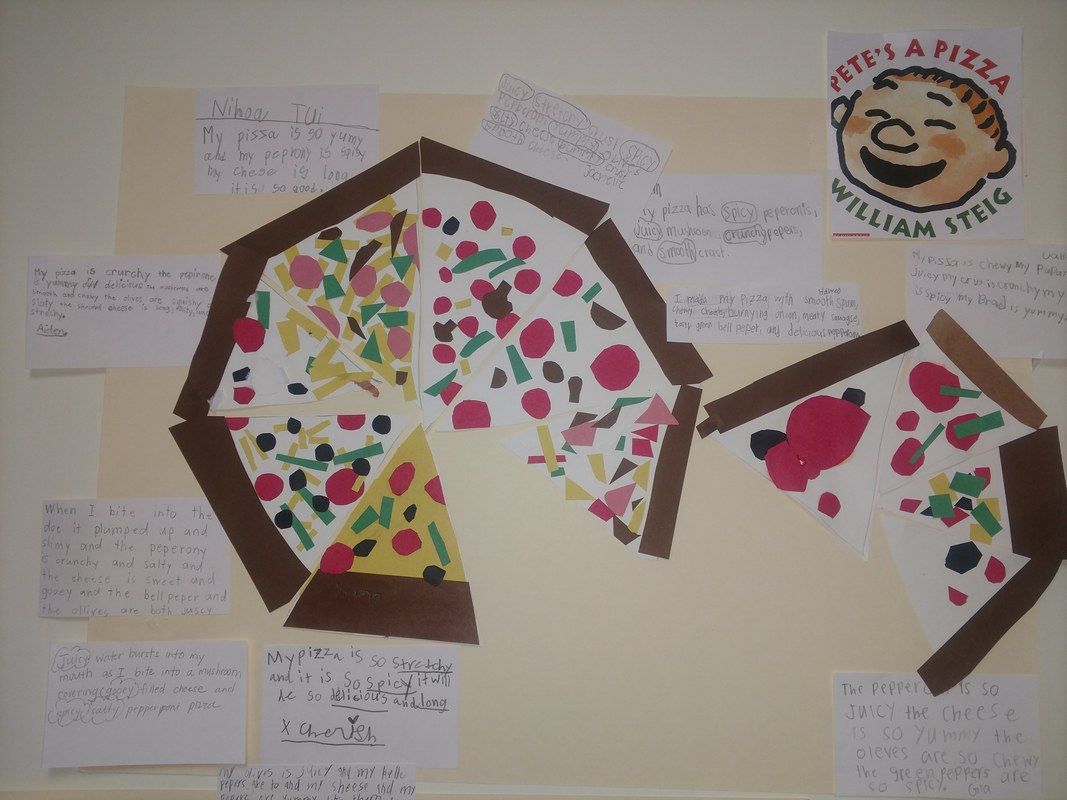
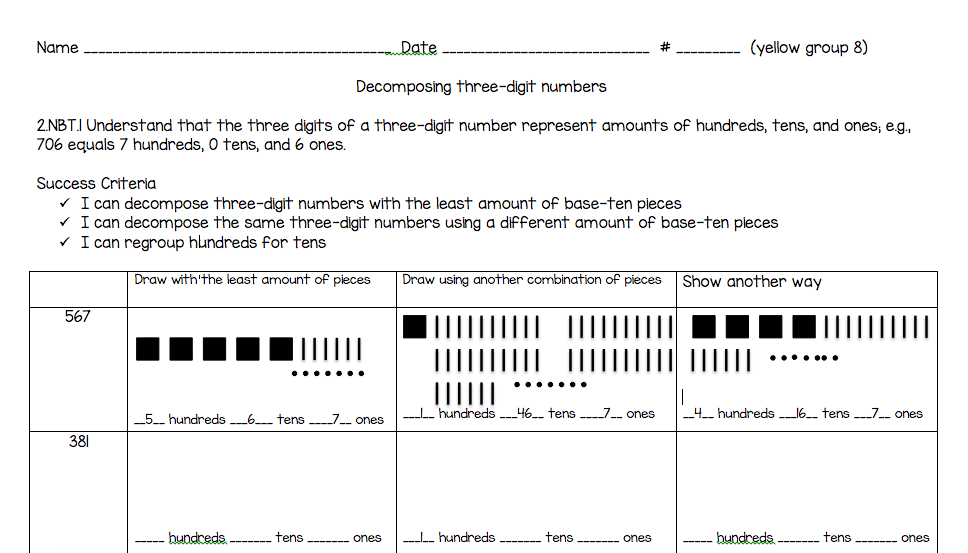
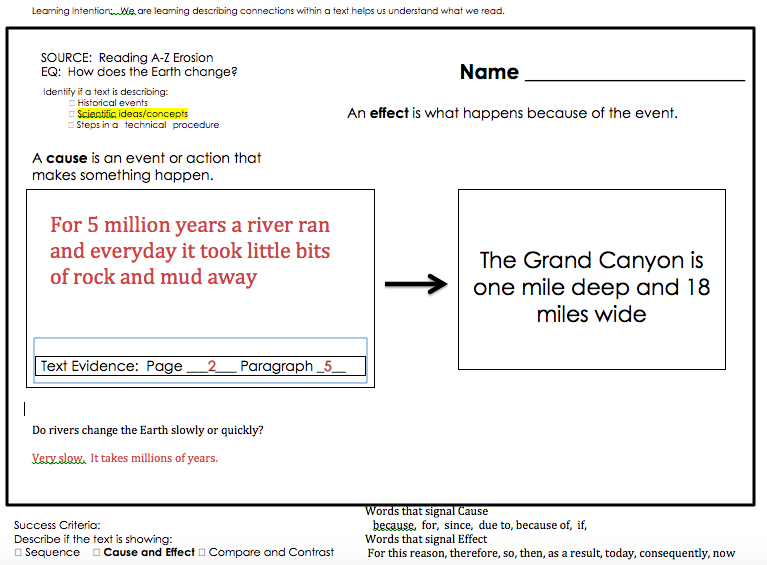
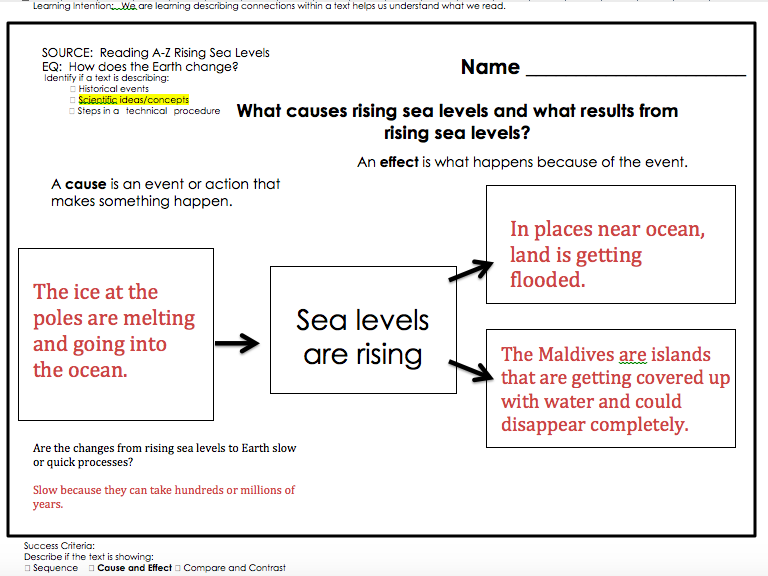
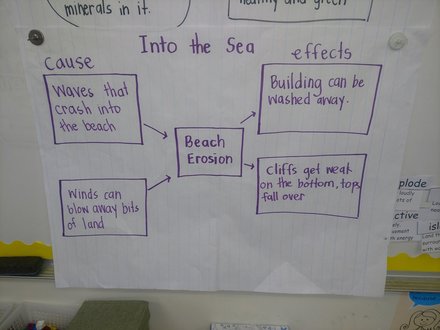
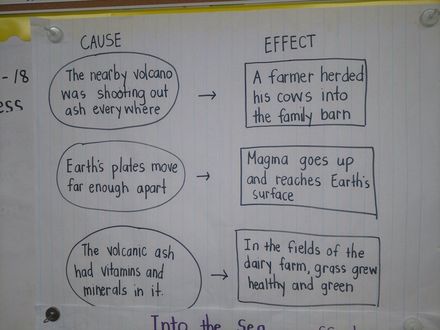
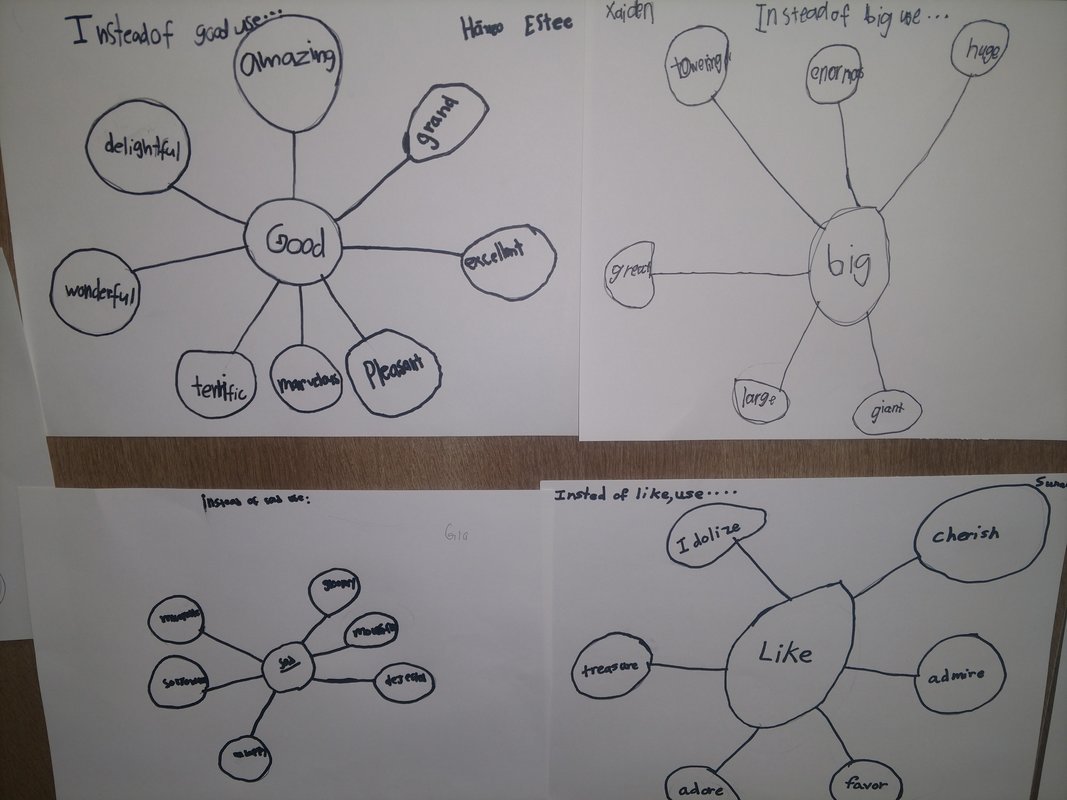
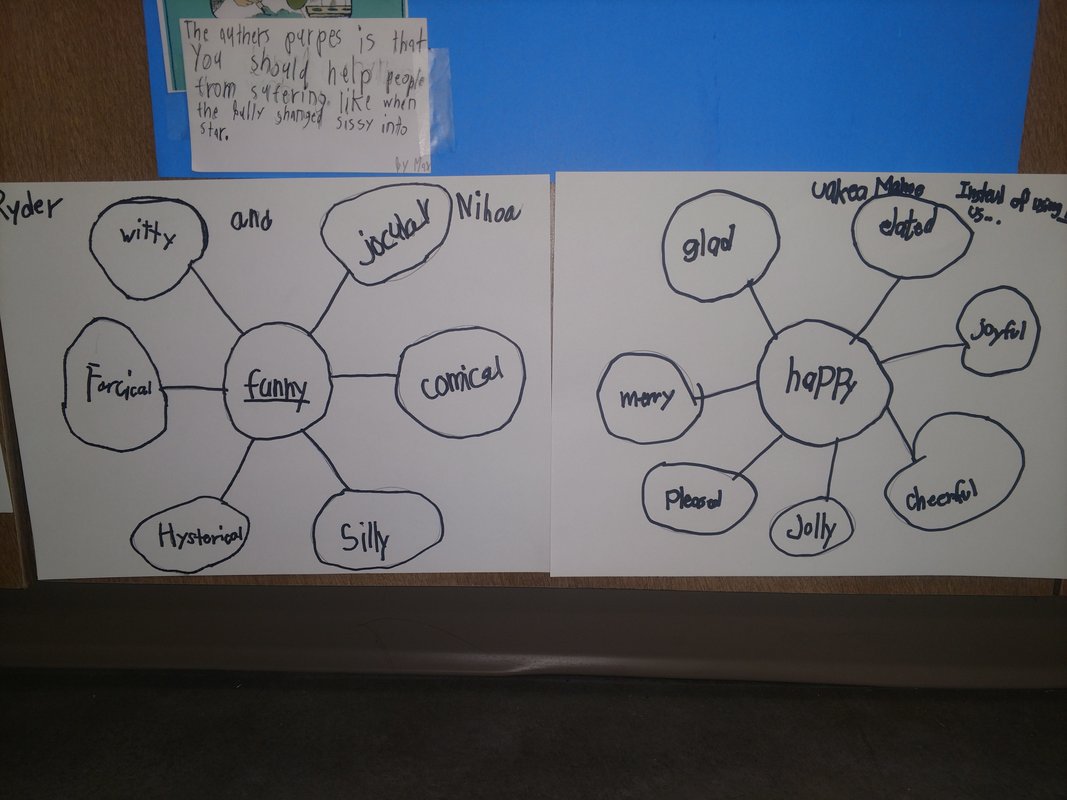
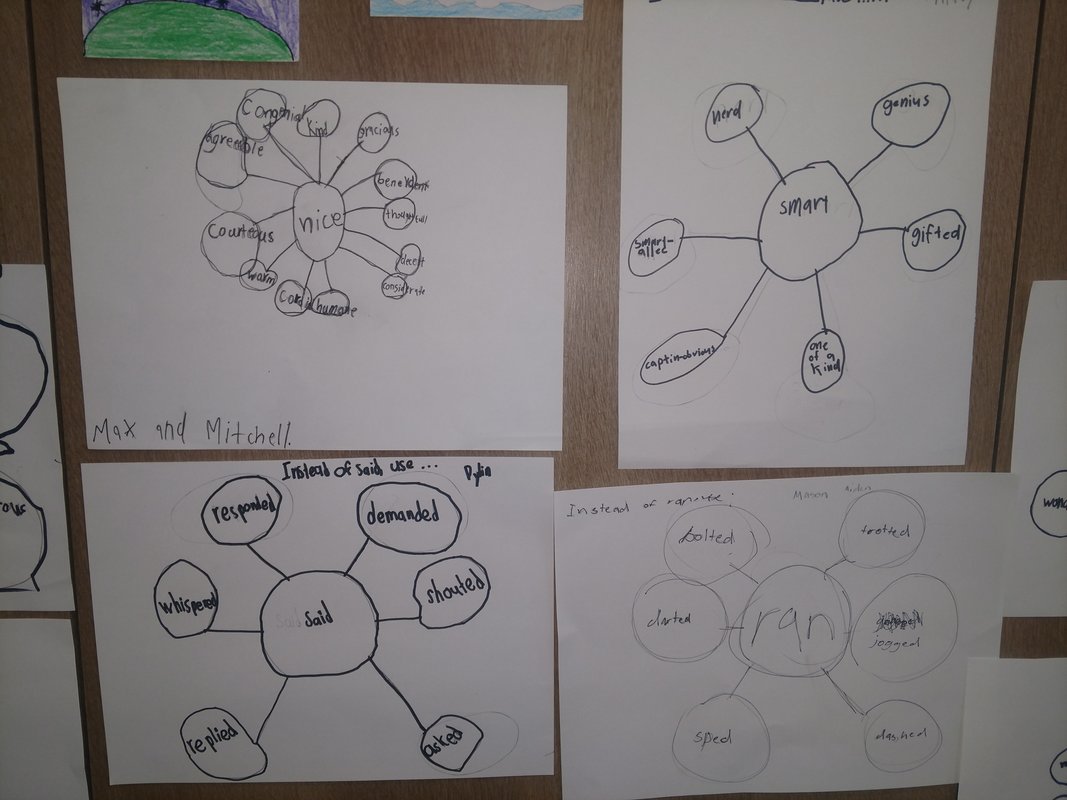
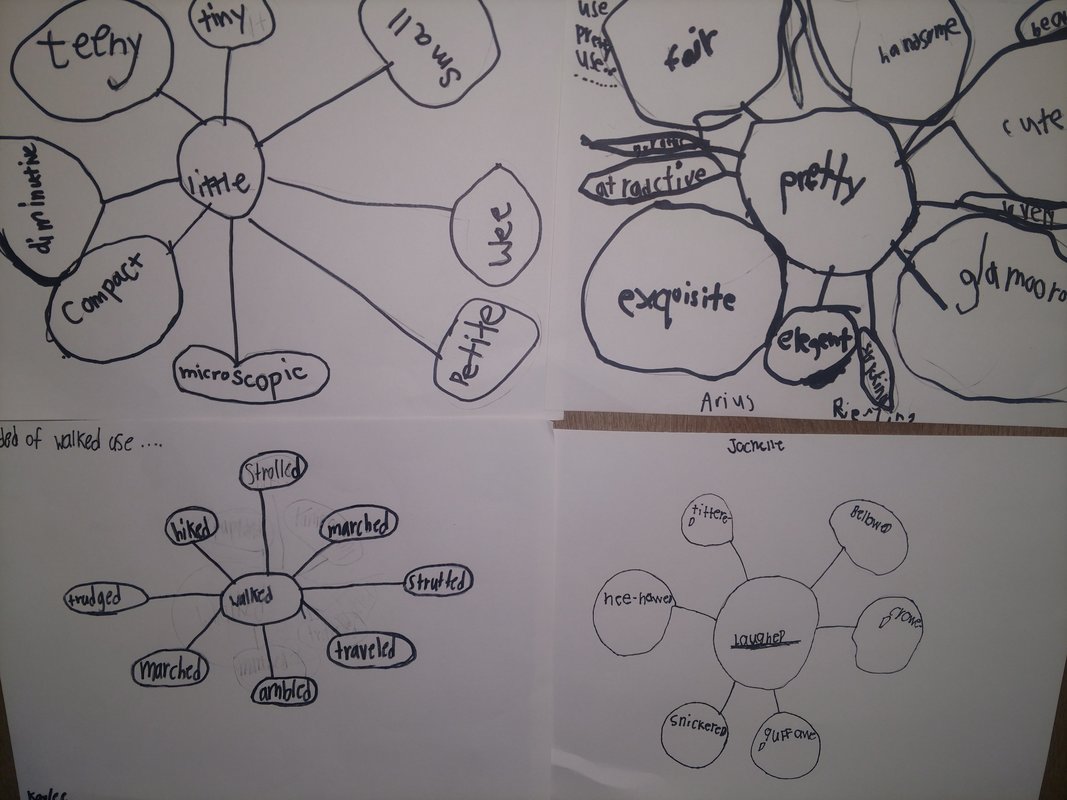
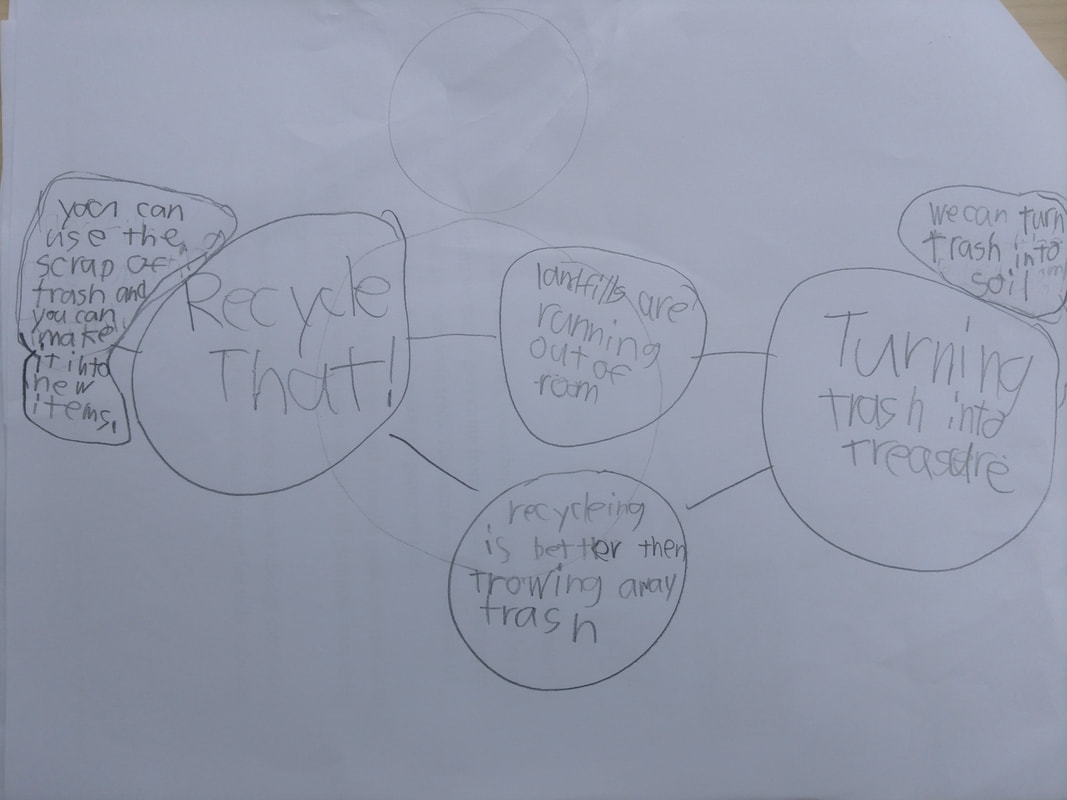
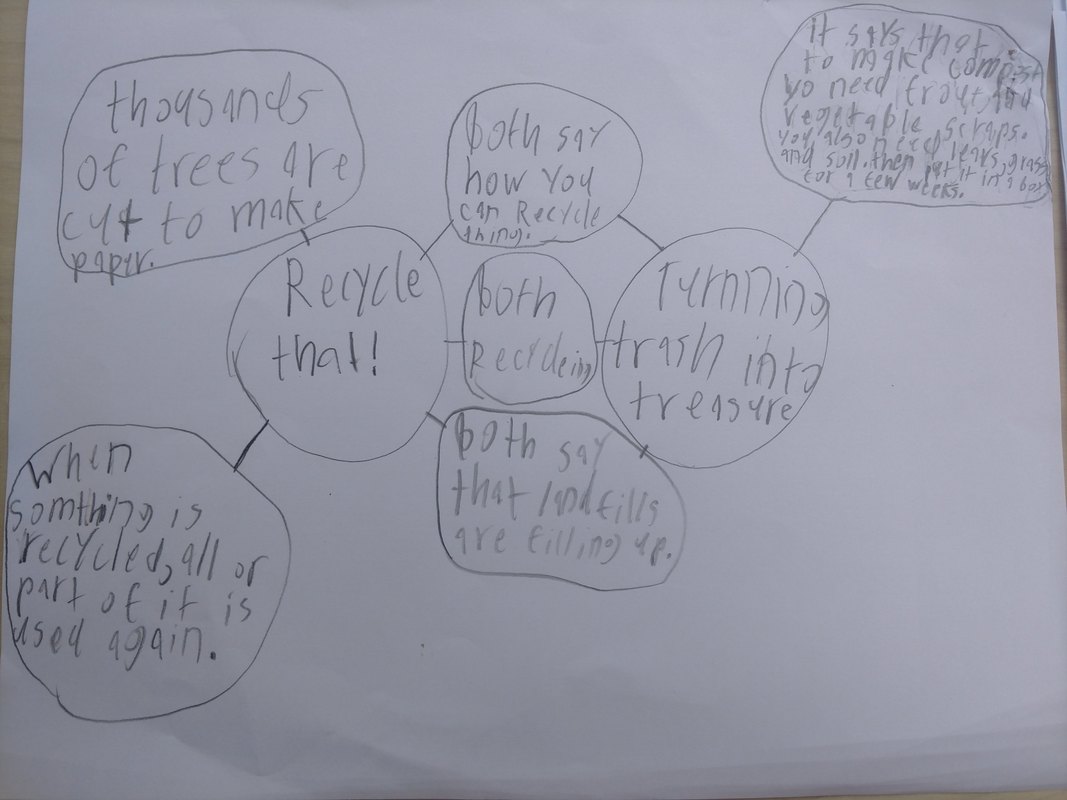
 RSS Feed
RSS Feed